"When our planet was created, the most beautiful encounter between sea and land must have taken place on the Montenegrin coast. And when the pearls of nature were distributed, they were scattered with full hands in this area." This is what the English poet Lord Byron wrote when he was in Montenegro at the end of the 18th century. Today, Montenegro still waits for explorers and nature lovers
Montenegro at a glance
General country information:
The tiny Balkan country of Montenegro (smaller than Schleswig-Holstein) is home to 625,000 inhabitants, Montenegrins, Serbs and Albanians. Montenegro became independent in 2006, followed by NATO membership in 2017. The Montenegrin coastal strip measures less than 300 kilometres. The other half of Montenegro belongs to the mountains. The capital Podgorica is located on the edge of the lowlands around Lake Scutari.
Best time to visit Montenegro:
The Mediterranean climate provides the entire coast, but also the lowlands around Lake Scutari and Podgorica, with pleasant temperatures until winter, and swimming in Montenegro is often possible until November. From July to September it is very hot. From September to May, however, the coast goes into hibernation.
Arrival & Entry: How to get to Montenegro
By plane: Montenegro'sairports Tivat and Podgorica are less than a two-hour flight from Berlin, Vienna or Zurich. Tivat is on the coast, Podgorica near Lake Scutari. It takes about 40 minutes by car to get to Sveti Stefan or Budva. A rental car can easily be organised from Germany.
By car: From Croatia, the border is just past Dubrovnik, the roads are pretty good. From Serbia it is via Belgrade to Montenegro, the motorway is under construction. The way via Bosnia to Montenegro is also feasible, but it takes quite a long time.
The untouched nature in the national parks, the crystal-clear water on the Adriatic, but also the low prices bring more and more tourists to Montenegro every year. No wonder, because Montenegro simply has everything in a small space: the sea, the lakes, the mountains. Montenegro's pearls include the longest and deepest canyon in Europe, the Tara Gorge, the Kotor Bay, the southernmost fjord on the continent and dreamy sandy beaches in the coastal region.
In the north of Montenegro, snow-covered mountains, glacier lakes and the last primeval forest in Europe ,Biogradska gora, also await in summer. Heavenly tranquillity awaits you at the huge Lake Scutari and Italian flair in the coastal towns.
Kotor: churches, cats, captains
Kotor, the beauty between clouds and waves has a dozen churches in the old town, the ringing of the bells starts early in the morning in Kotor. Visiting Kotor means immersing yourself in a fairytale world from the Middle Ages, when Venetians were masters of the Kotor Bay for 400 years.
Theold town of Kotor is a UNESCO World Heritage Site. To explore it, it's best to stroll aimlessly through the alleys, watch people and stone facades while sipping espresso, stroke kind street cats or stop into the Cats Museum .
For the more athletic, climb the city wall and conquer 1350 steps. Once you reach the top, you will be rewarded with a magnificent view of Kotor and the bay. The maritime museum is housed in a three-storey palazzo, witness to the maritime past. A relief of the Bay of Kotor is particularly attractive.
At Montenegro's only Jewish cemetery , placing a small stone on the graves honours the deceased. The charming tranquillity of Kotor only ever comes to an end when one of the cruise liners docks in the town.
The Bay of Kotor: picturesque places, olive groves and luxury yachts
Three foothills of the Adriatic Sea wind their way at the foot of high mountain peaks into the Bay of Kotor. Towards Herceg Novi and Tivat, along the coast, picturesque villages line up with magnificent views of the bay itself. What you should not miss around the Kotor Bay:
Walk barefoot over Roman mosaics in Risan , they are part of the open-air museum.
In Perast , eat grilled scampi at the Conte restaurant, right on the waterfront, and then take a boat to Montenegro's most photographed church: The church Gospa od Škrpjela sits enthroned on an islet built from shipwrecks and applied stones.
In Herceg Novi , we go up and down many stairs, take a break in the cute bookshop So (Salt) and drink espresso in the café in front of the door.
Stop at the olive grower's on the Luštica peninsula.
In Tivat, in the luxury port of Porto Montenegro, look at the giant yachts, eat Japanese food or swim in the infinity pool and gaze at the majestic Lovćen peaks.
The coast: Golden bays between Budva and Ulcinj
The longest sandy beach in Montenegro is twelve kilometres long. Velika plaža (Big Beach) is located in Ulcinj, on the Albanian border. The border river Bojana, which flows into the sea, is not only a nudist paradise, people also kite and surf here all day long. In total, the region along the coast of Montenegro has around 70 kilometres of beaches - in small bays, in large coves, in towns and villages.
For example, in Budva, a small town full of charm and Venetian architecture, or in Sveti Stefan, the little stone island that can be reached via a headland. If you want to stay on this beach as a day visitor, you have to pay a lot for a sun lounger and parasol. For those who just want a photo of the "Adriatic pearl", it is therefore worthwhile to press the shutter button away from the beach.
All places on the coast of Montenegro, whether small or large, are dotted with small and large hotels, but, everywhere there are also flats where you can stay cheaply. Every summer in July, the big Sea dance festival with lots of techno and electronic music takes place on Buljarica beach. It is one of the best European festivals.
From the coast across Lake Scutari to Podgorica
The capital Podgorica can be reached from the coast via Lake Scutari. The lake is not only the largest in the Balkans, it is an oasis of rare plants and animals, one of a total of five national parks in Montenegro. If you want, you can make a detour to Cetinje. On the serpentine road leading from Kotor to Cetinje, you feel close to heaven, while deep blue water glistens in the sun below.
In Njeguši, a small village halfway, be sure to sample prosciutto and goat cheese. Cetinje, the former capital of Montenegro and royal seat until 1918, is full of history: magnificent embassy buildings, many museums and nearby, at the top of Lovćen, the magnificent mausoleum of the poet prince Njegoš.
Podgorica - student city and river crossroads
Podgorica, the modern capital of Montenegro, is the political and cultural centre, but also a popular student city. Full of life, full of cafés, bars and bistros. Wide boulevards, a small Ottoman-inspired old town, markets, churches and mosques. A centuries-old clock tower, once built by the Turks, dominates the historic heart. Podgorica lies on a wide plain and is crossed or tangent to a total of six rivers: Morača, Ribnica, Zeta, Sitnica, Mareza and Cijevna.
Bridges of different eras swing over the waterways. Probably the best known:
the modern Millennium Bridge over the Morača River.
the oldest bridge in the city, the Adži-paša' s over the river Ribnica.
the Moscow Bridge, a pedestrian bridge not far from the better-known Millennium Bridge.
Other sights in Podgorica are the Centar savremene umjetnosti with lots of contemporary art, the north hill Gorica, from which you can enjoy a great view over the rooftops of the city, and the Dvor Petrovica complex with park, royal castle, chapel and modern art gallery.
Active in Montenegro's mountainous national parks
The peaks of Durmitor, Biogradska gora and Prokletije are all higher than 2500 metres. They are mountains of extraordinary originality and beauty, densely forested, surrounded by glacial lakes and are all namesakes for national protected areas.
The Biogradska gora National Park is the smallest in the country at 56 square kilometres, but it impresses with its primeval forest containing five-hundred-year-old trees.
The Durmitor National Park is much wilder and lies in the north of the country. Here, mountain flanks and glacial lakes dominate. The protected area is also home to the famous Tara Gorge.
The Prokletije National Park around the mountain massif of the same name in the south-east of the country presents a similar picture. The region is considered one of the most untouched in all of Europe.
Farms in the mountainous areas of Montenegro are called katuni. Many of them rent wooden huts to tourists. Various tour operators offer a wide range of programmes in the national parks, both in summer and winter. These include horseback riding, guided hikes or ziplining across the Tara Gorge. The WWF-Adriatic Sea organises bear safaris on the Tara for nature-loving travellers.
Octopus and risotto on the Adriatic, polenta and goat cheese in the mountains
Montenegrin cuisine is just as diverse as the country itself. Happy cows and sheep graze on mountains and in valleys, mushrooms, thyme and mint grow in untouched nature, olive groves and fig tree avenues can be found in the coastal region. The daily farmers' markets in Kotor and Bar offer a wide range of regional products.
There is no shortage of restaurants, bars and bistros throughout the country:
Bankada is on the way from Sveti Stefan to Budva and offers fish and meat as well as an exhilarating view of the Budva Riviera.
In the Porto Montenegro marina, star cuisine is presented in the luxury Regent Hotel.
Right on the waterfront, with a view of the old town of Kotor, you can enjoy exquisite cuisine and 130 varieties of foreign and local wines at Galion.
The Adriatic region shines with Italian cuisine; the Venetians have influenced the architecture and cuisine of Montenegro in equal measure. Lake Scutari offers carp and lots of slow food from the farmers: Honey, cheese, organic wine, everything your heart desires. Montenegro is even more beautiful and unspoilt in the mountains, around Durmitor or Biogradska gora. In these regions, be sure to try kačamak, a kind of polenta, or lamb baked in embers.
Hotels and tourism: Between concrete castles and environmental protection
Montenegro, this beautiful little country that has been given so many pearls of nature, is making the same mistake in parts that Spain or Italy have already made: The coast is concreted over, the roads are overloaded in the high season, new concrete castles grow up in every, smallest bay of Montenegro.
The mountains and Lake Scutari have been spared so far. Also because the environmentalists of Montenegro are getting organised. The Dr. Martin Schneider-Jacobi Society in Ulcinj, for example, has prevented the saline, an important site for migratory birds, from being developed into a luxury hotel with golf courses.
Ships with disco music and 100 guests on board sail on Lake Scutari, and yet, two young girls do it differently: in traditional wooden boats there is room for twelve people, who then quietly explore the lake. Ana and Ivana call their company Golden Frog, after a rare frog that lives in the lake.
Slovenia to Albania Destination Balkans: Twelve places you must visit
12 Pictures
#Topics
Balkans
Europe
Holiday destinations
Related articles
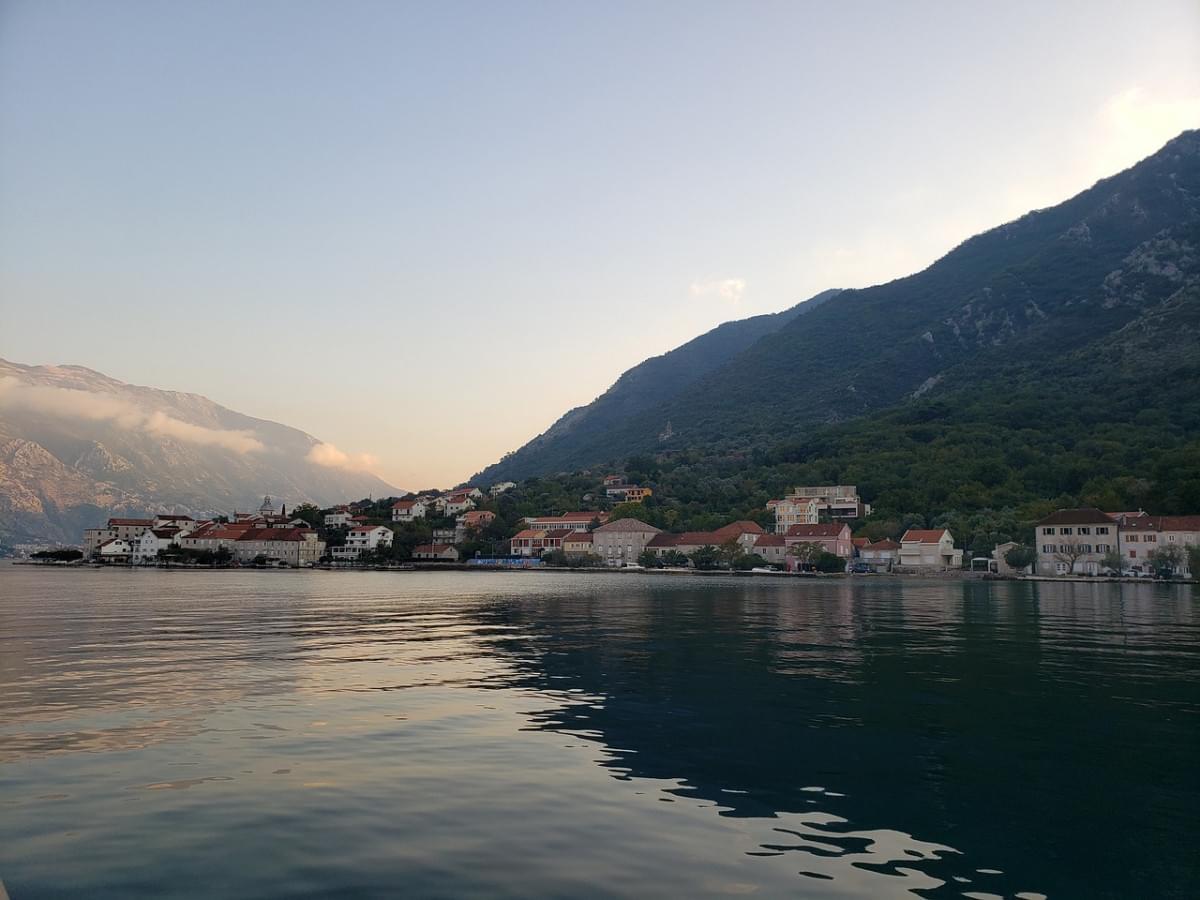
Kotor, Montenegro: what to see, where to eat and what to do in the evening
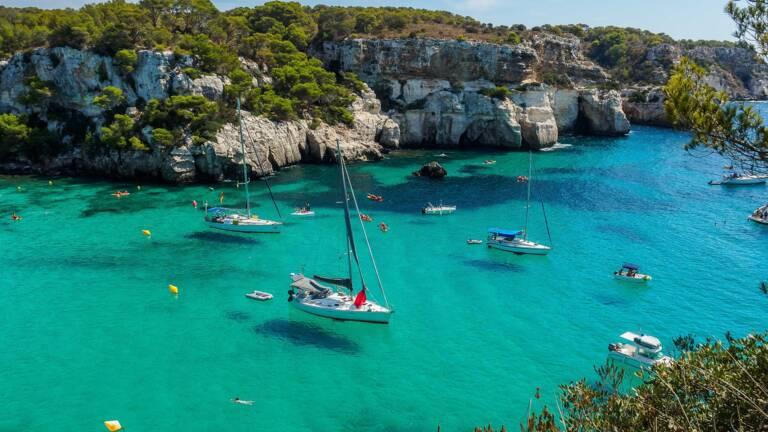
What are the most beautiful places in Montenegro?
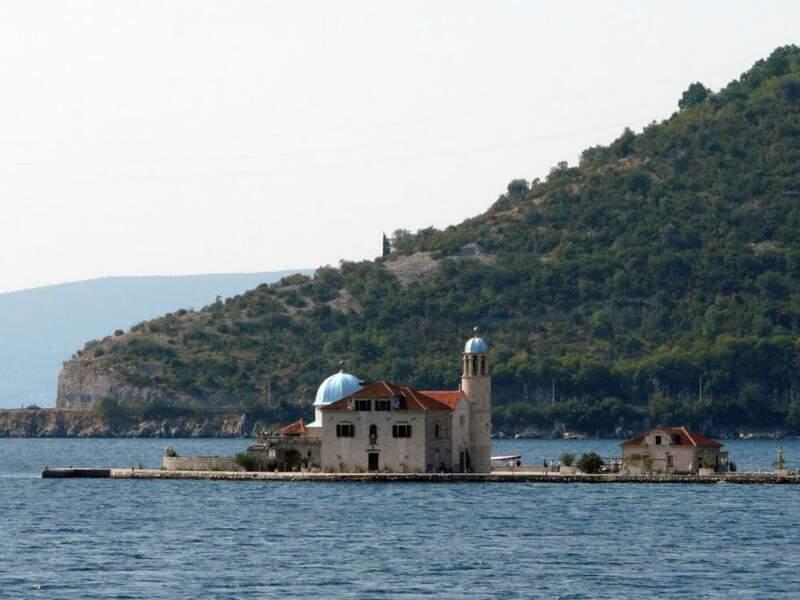
Discovering the Bay of Kotor, Montenegro
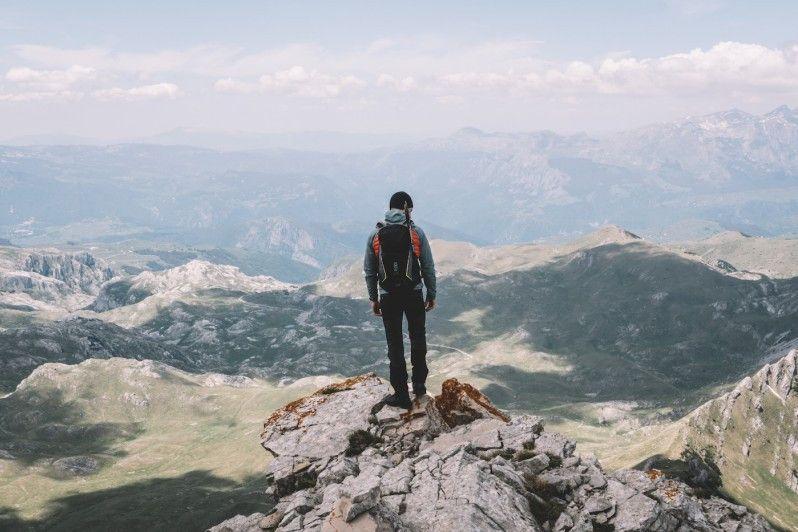
Montenegro less beaten
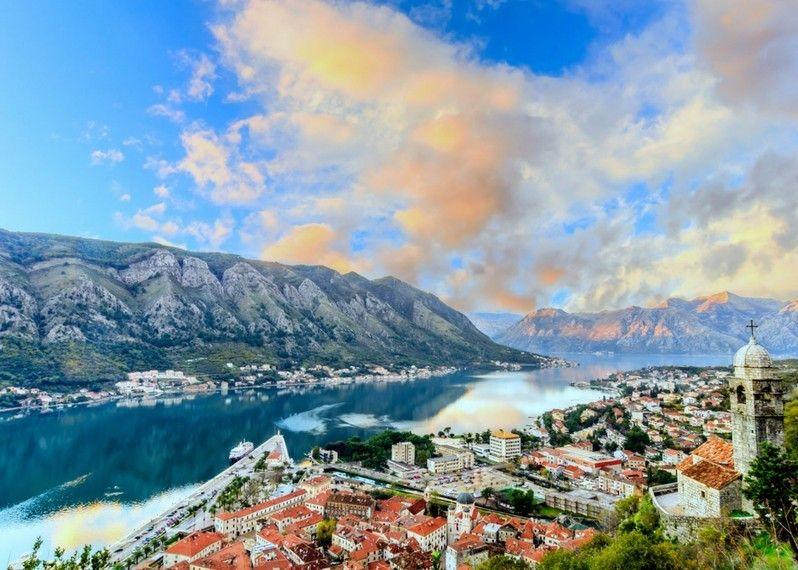
Adventure in Montenegro: the Bay of Kotor
Best time to visit Montenegro 2024 - Weather & 34 things to do
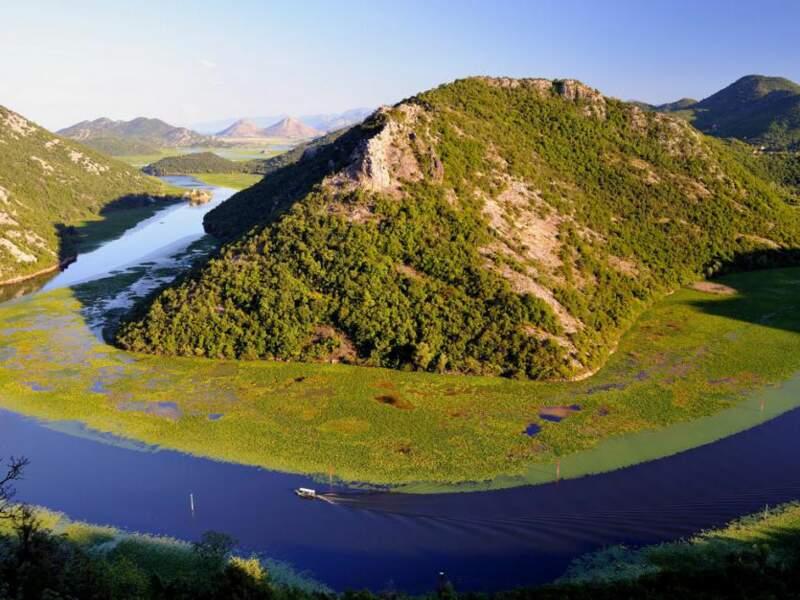
Stroll in Montenegro, on the shores of Lake Skadar


